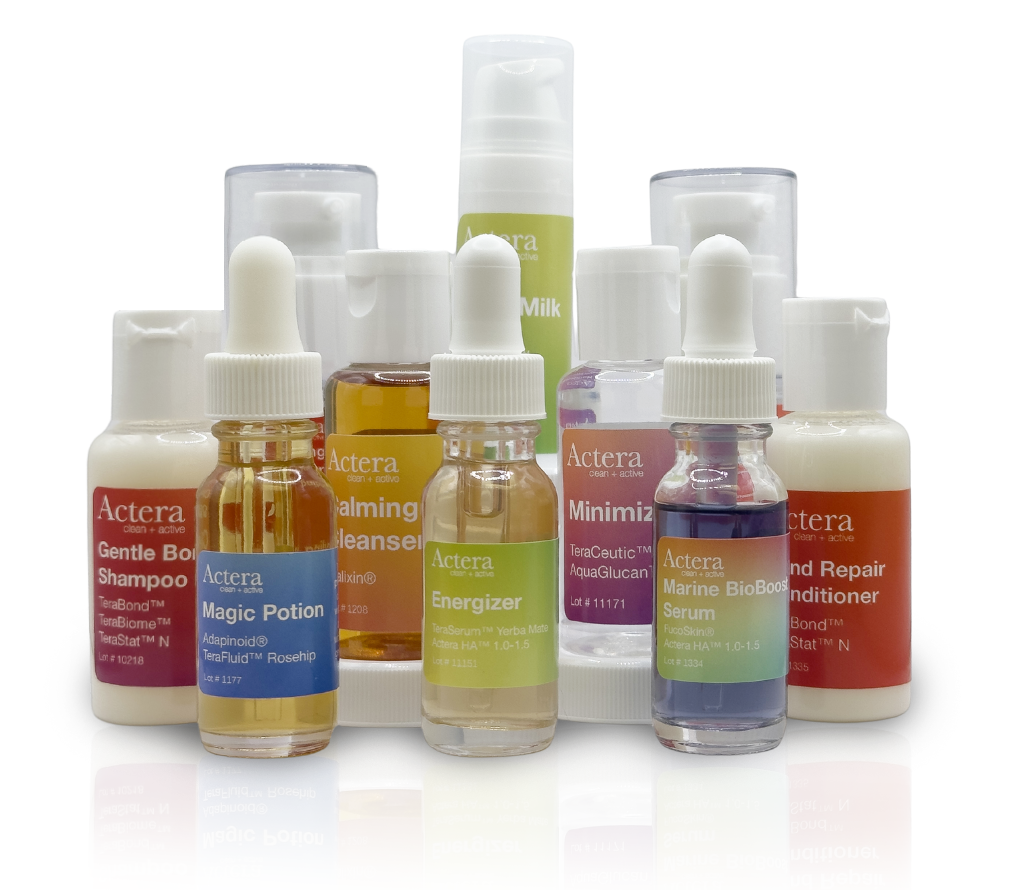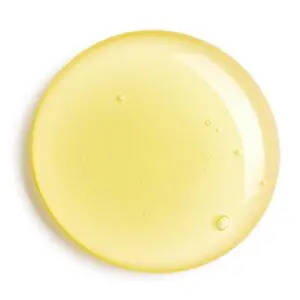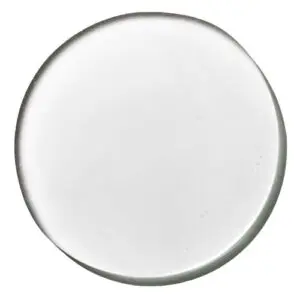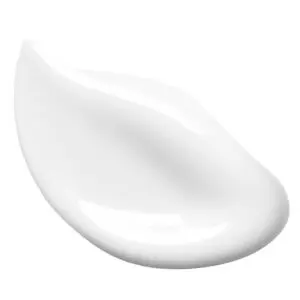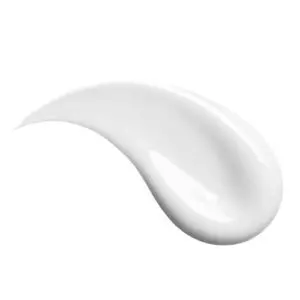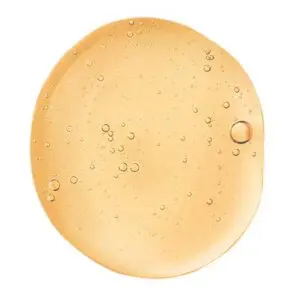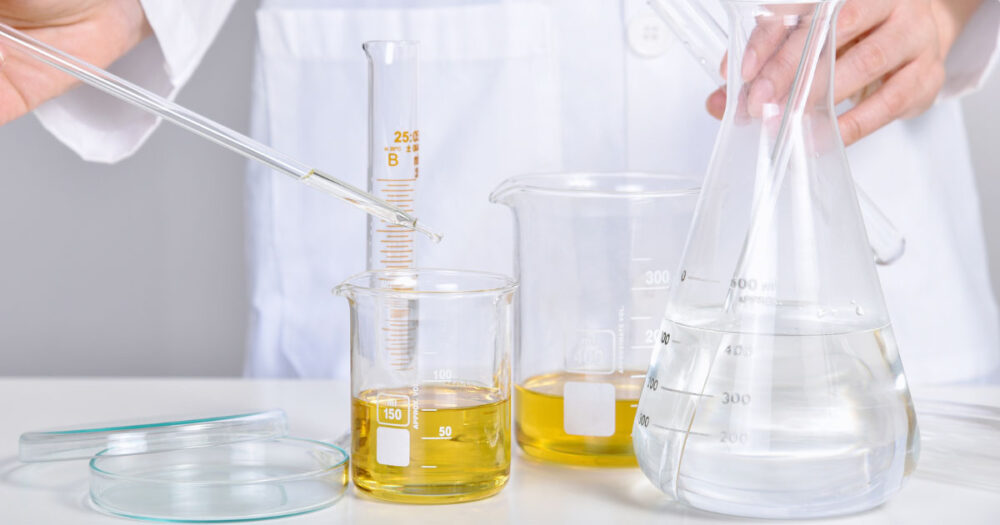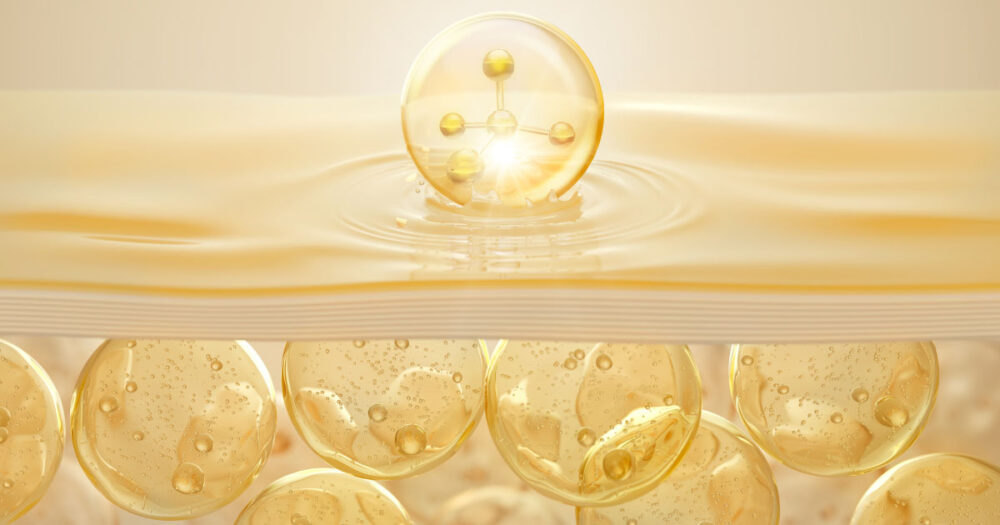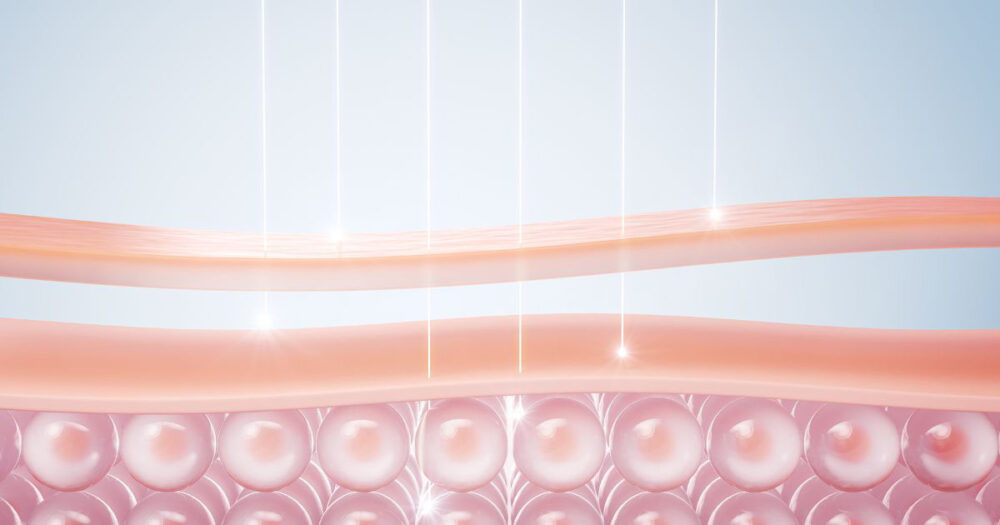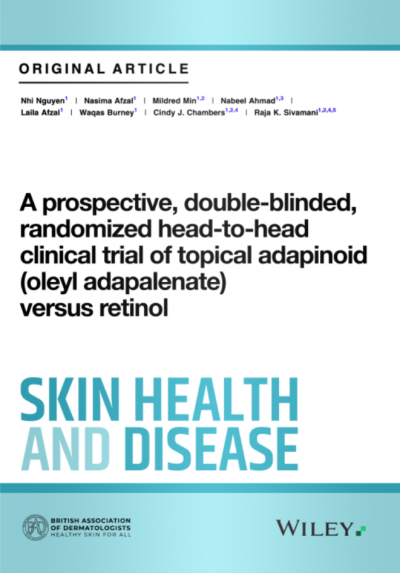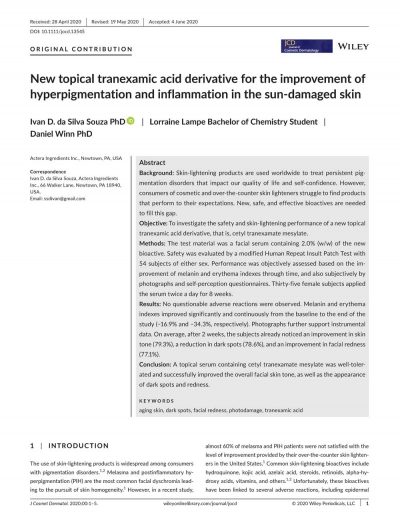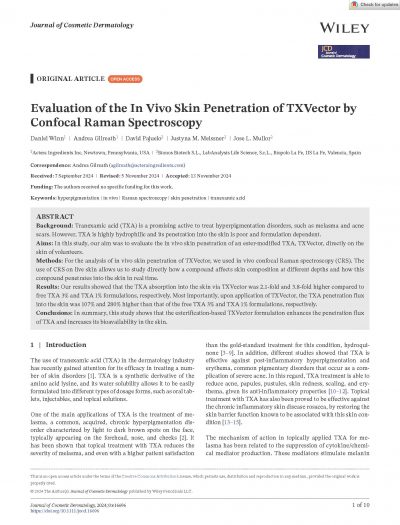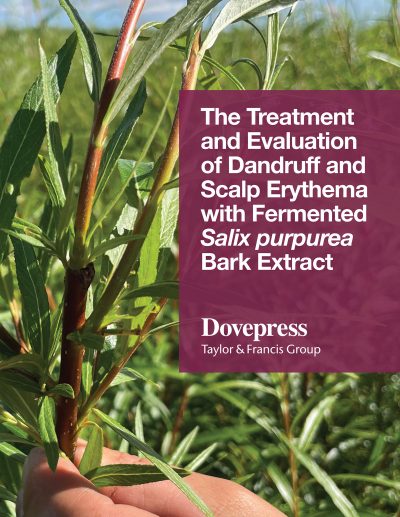FAQ Quick Links:
- What is the recommended use level for TXVector in formulations?
- In what phase should TXVector be added to a formulation?
- What processing conditions are recommended for dispersion?
- Can TXVector serve any role beyond being an active?
- What pH range should be targeted for stability and efficacy?
- What happens if the pH drifts outside the recommended range on stability?
- Are there compatibility concerns with other common formulation ingredients?
- Does TXVector require penetration enhancers or special solvents to boost efficacy?
- What types of products are most suitable for TXVector?
Phase Addition and Processing
TXVector is best incorporated into the water phase of a formulation. For optimal dispersion, it should be added early in processing and mixed thoroughly for at least 15-20 minutes at approximately 80-85 °C. This heating step helps prevent crystallization and ensures uniform distribution throughout the batch. In emulsions, TXVector also functions as a secondary and sometimes primary cationic emulsifier, enabling oil-in-water stabilization and reducing the need for a high percentage of surfactants/emulsifiers. This dual role allows formulators to simplify systems and maintain stability with fewer excipients.
pH Control
Maintaining the correct pH is critical for both stability and activity. TXVector is most effective in the pH 3.5–5.0 range, which supports the ester linkage and prevents premature hydrolysis. This range is compatible with common brightening actives such as kojic acid, L-ascorbic acid, and AHAs/BHAs. Developers should monitor pH drift during accelerated testing, as fluctuations outside this window may impact both efficacy and shelf life. For systems that naturally trend higher in pH, minor adjustments with mild organic acids may be necessary. A buffer system is sometimes recommended when using higher levels of TXVector (3-5%) to prevent pH drift.
Compatibility Considerations
Because TXVector is cationic, formulators should avoid pairing it with strongly anionic emulsifiers, gelling agents, thickeners, or actives such as carbomers, xanthan gum, some hyaluronic acids, acrylates, anionic chelators, ascorbic acid, etc.. These incompatibilities may destabilize the system. Instead, Cetyl tranexamate mesylate demonstrates excellent compatibility with fatty alcohols, non-ionic and cationic thickeners and emulsifiers which can reinforce the emulsion and improve the final sensory profile.
Cetyl Tranexamate Mesylate Stability Testing
Although Actera reports positive stability data across freeze–thaw cycles and elevated temperatures, in-house validation remains necessary. Developers should perform 12-week stability testing at ambient, elevated (40–45 °C), and freeze–thaw conditions to verify robustness in their specific base. This includes monitoring viscosity, pH, color, and odor. Sensory assessment is also recommended to ensure the emulsifier functionality of TXVector does not alter the intended texture of the formula. Conducting comprehensive testing ensures the active maintains both performance and cosmetic elegance.
Practical Application
When integrated correctly, TXVector offers a significant delivery advantage over free tranexamic acid while maintaining straightforward formulation pathways. By observing best practices in processing, pH control, excipient compatibility, and stability validation, chemists can unlock its full potential in brightening serums, creams, and spot treatments. Its dual role as both an active and functional emulsifier allows for efficient formulation design without compromising on efficacy.
FAQ
What is the recommended use level for TXVector in formulations?
The general use level is 1-5%, with 2% and 4% being the most common in clinical testing. This level has been shown to outperform higher concentrations of free tranexamic acid in both penetration and efficacy.
In what phase should TXVector be added to a formulation?
TXVector should be added to the water phase, ideally as one of the first additions to ensure full dispersion. Mixing well while heating is crucial to achieve uniform dispersion.
What processing conditions are recommended for dispersion?
Actera advises heating to around 80-85 °C and mixing for at least 15-20 minutes. This prevents crystallization and ensures the ingredient is fully dispersed and is integrated properly into the system.
Can TXVector serve any role beyond being an active?
Yes. Cetyl tranexamate mesylate also acts as a cationic emulsifier in oil-in-water systems, reducing the need for additional surfactants. This allows developers to streamline formulations.
What pH range should be targeted for stability and efficacy?
TXVector has a suggested pH level of 3.5-5.0. TXVector is acidic by nature; pH higher than 5.0 is not recommended and can cause instability in the final formula.
What happens if the pH drifts outside the recommended range on stability?
A pH above 5.0 may reduce stability, while going much lower than 3.5 could increase irritation risk. Regular pH monitoring during stability testing is necessary to maintain integrity. If drift is occurring, adding a buffer at the beginning of the formula can help maintain the recommended pH range over time.
Are there compatibility concerns with other common formulation ingredients?
Yes. TXVector is cationic and should not be paired with strongly anionic emulsifiers, polymers, thickeners or anionic ingredients (e.g., carbomers, xanthan gum, some hyaluronic acids, acrylates, anionic chelators, ascorbic acid, etc.). Instead, it works well with fatty alcohols and nonionic or cationic thickeners and emulsifiers.
Does TXVector require penetration enhancers or special solvents to boost efficacy?
No. TXVector’s lipophilic modification optimizes skin penetration. This eliminates the need for additional enhancers that might irritate the skin or complicate formulations.
What types of products are most suitable for TXVector?
TXVector performs best in leave-on formats like serums, creams, and spot treatments. While it can be used in rinse-off products, the short contact time limits its benefits. Need creative direction? Inspiration can be found in the Actera .

